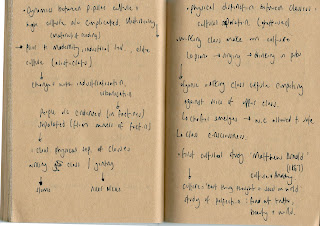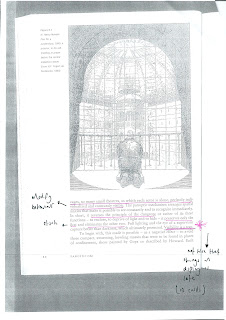Assess the panoptic role within consumer spaces. Focusing specifically on design within the area of retail.
Related books:
Michel Foucault, 1991. Discipline and Punish (Penguin Social Sciences). Edition. Penguin Books.
Key Concepts: Panoptocism. The Panoptic role. The birth of the panoptocism. Docile bodies. Self regulation.
Applications: Theory can be used to support how the panoptic role is present within consumer spaces and how it affects our actions whilst shopping.
2006. Theorizing Surveillance (Crime Ethnography). Edition. Willan.
Key Concepts: Panoptic role within surveillance
Applications: How surveillance is used within consumer spaces as a panoptic measure.
Lynne Mesher, 2010. Basics Interior Design: Retail Design. Edition. Ava Publishing.
Applications: How the shop layout can affect/impact our decision to purchase merchandise.
Tony Morgan, 2008. Visual Merchandising: Windows and In-Store Displays for Retail. Edition. Laurence King Publishers.
Key Concepts: Window Design (p44), Fixtures and Fittings (p126), Product Handling (p142), Ambience (p170)
Applications: How the window design is used to lure the customers in and how retail then keep them and persuade them to purchase (through the organisation of the interior space)
Jim Blythe, 1997. The Essence of Consumer Behaviour (Essence of Management: Prentice Hall Series). Edition. Prentice Hall PTR.
Key concepts: Self concept (p49), Involvement in purchasing (p138)
Applications: Why we have a desire to purchase goods (how what is around us in a shop can influence our decision to purchase goods) and what we are buying influence.
1992. Lifestyle Shopping: The Subject of Consumption (International Library of Sociology). 1 Edition. Routledge.
Key concepts: Window display (p29), Faucault Design within the retail industry (p25), psychology of shopping (p27)
Applications: How window design draws the consumer in and the psychology behind the desire/want to purchase goods.





















































